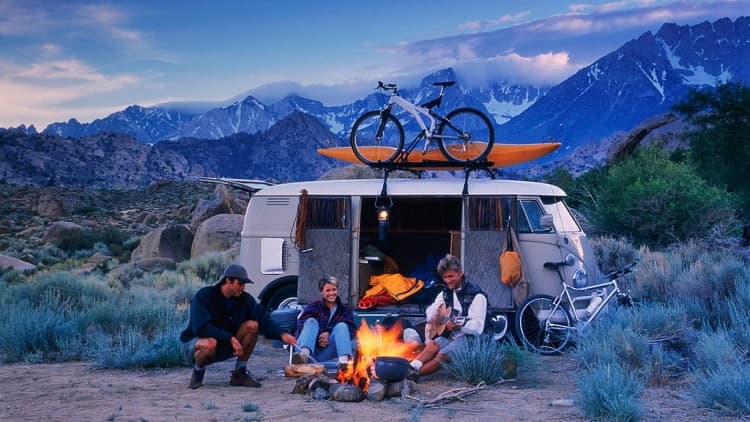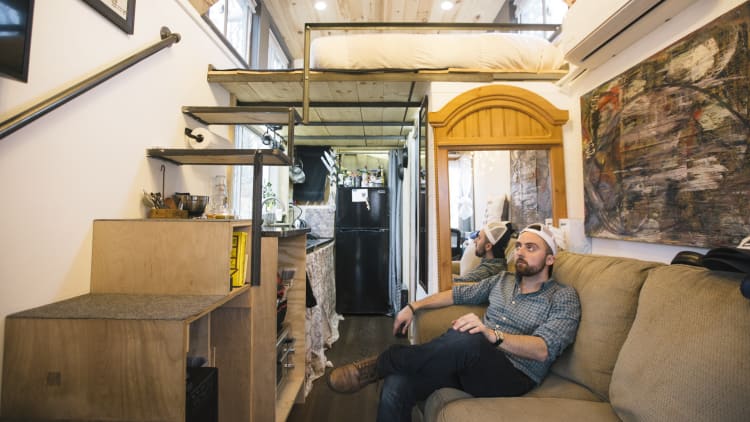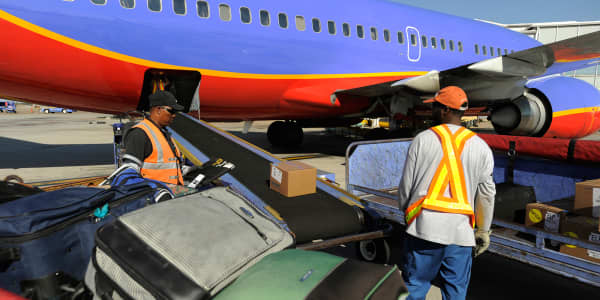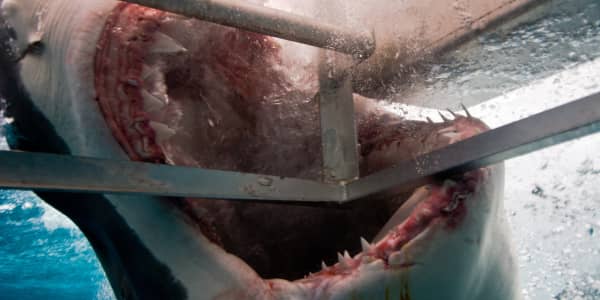
Sometimes, bigger isn't always better.
The recreational vehicle industry has figured that out and it has led to record-breaking growth.
Those shipments are accelerating, and should grow even more next year, the group said. Sales in the first quarter rose 11.7 percent from 2016.
Much of the growth can be attributed to strong sales of trailers, smaller units that can be towed behind an SUV or minivan, which dominate the RV market. The industry also is drawing in new customers.
More from Out of Office:
A look at airlines, then and now
The worst airports for summertime travel delays
Checking out, and into, the hotel room of the future
As the economy has strengthened since the Great Recession, and consumer confidence improved, sales have picked up, said Kevin Broom, director of media relations for RVIA.
Two of the major players in the industry, Thor Industries and Winnebago Industries, both manufacturers of RVs, reported huge growth in their most recent earnings report. Thor saw sales skyrocket 56.9 percent to $2.02 billion fromlast year. Winnebago's surged 75.1 percent last quarter to $476.4 million.
Gerrick Johnson, an analyst at BMO Capital Markets, attributed much of that growth to acquisitions. Thor bought Jayco, then the No. 3 player in the industry, last June; Winnebago bought Grand Design in October.
Although Thor shares were down about 1.4 percent Friday, the stock has experienced strong growth over the past year of almost 40 percent. Winnebago tells an even better story: Its shares are up 56 percent over the past 12 months. The stock was down about 1 percent Friday.
"They've done massively well because they've made massively creative acquisitions," said Johnson. "Wall Street didn't realize how creative those deals were. Each quarter they came through. The RV space is on fire, and the demand metrics are quite positive."
But, Johnson warned, consumers in this industry are fairly brand-agnostic and any rise in price would turn off potential customers.
Millennials are a major target market for RV companies. According to the 2017 North American Camping Survey from KOA, a private campground company, millennials make up 38 percent of campers, but 31 percent of the general population.
Also, since many RV customers make multiple purchases over time, catching them when they're young is key. To capture the coveted age range, companies have had to make major design changes to their product.
While the mention of an RV might conjure up an image of a big motorized home without many amenities, that has changed. In fact, just two years ago, the KOA survey found younger campers valued having WiFi almost as much as access to toilet paper. The industry needed to keep up.
Now, most people in RVs will have full access to TV, WiFi and whatever else makes modern life modern.
Private campgrounds like KOA and GoCampingAmerica.com have hopped on this trend by offering WiFi and full amp hookups at their sites. They also allow RVers to use their slide-out, a way to extend the space in an RV while parked.
That last one may sound simple, but it's something public campgrounds don't allow and a major deterrent for RVers, according to Broom. He said national parks are by far the most popular destination for campers.
"The typical RVer is staying outside the national park," he said. "The preference is most would much rather drive in and stay in the park, but the campgrounds haven't been modernized."
That's one area where RVIA hopes to work with Interior Secretary Ryan Zinke, who assumed the office in March. Broom said Zinke is interested in expanding public-private partnerships in an effort to upgrade the campgrounds on federal lands.
Other design improvements have emerged, as well. Companies have begun to make lighter but more durable trailers. Using laminated walls, for example, allows for more space in the trailer (because the walls are thinner); it also means customers can haul their trailer with a minivan or light duty truck.
Broom said most RVs are used for frequent weekend getaways, maybe five or six trips a year, with one longer trip mixed in.
The first purchase is usually for a smaller, less expensive unit, Broom said. "Then they move up as they start having children, then children bring friends or friends bring children. Then, there's another time when they move down in size. Then it's the retiree couple who is traveling around."
Johnson, who has a neutral rating for both Thor and Winnebago, does warn of some potential pitfalls for both companies. He warns capacity could be constrained and there is a high rate of inflation in the RV industry because these companies are so close to their source supplier. Thor, for instance, conducts their own aluminum extrusion.
Another issue could come from higher labor costs. Johnson said almost all RVs are made in Elkhart, Indiana, where unemployment is under two percent.
WATCH: The real scoop on tiny house living






